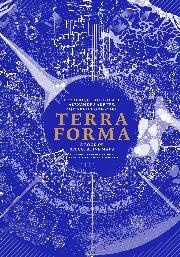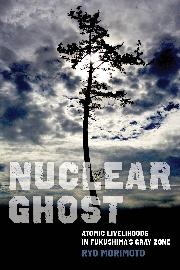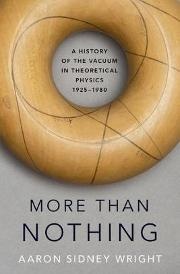. “
682 (2024): L3.
Context. 3C 84 is a nearby radio source with a complex total intensity structure, showing linear polarisation and spectral patterns. A detailed investigation of the central engine region necessitates the use of very-long-baseline interferometry (VLBI) above the hitherto available maximum frequency of 86 GHz.
Aims. Using ultrahigh resolution VLBI observations at the currently highest available frequency of 228 GHz, we aim to perform a direct detection of compact structures and understand the physical conditions in the compact region of 3C 84.
Methods. We used Event Horizon Telescope (EHT) 228 GHz observations and, given the limited (u, v)-coverage, applied geometric model fitting to the data. Furthermore, we employed quasi-simultaneously observed, ancillary multi-frequency VLBI data for the source in order to carry out a comprehensive analysis of the core structure.
Results. We report the detection of a highly ordered, strong magnetic field around the central, supermassive black hole of 3C 84. The brightness temperature analysis suggests that the system is in equipartition. We also determined a turnover frequency of νm = (113 ± 4) GHz, a corresponding synchrotron self-absorbed magnetic field of BSSA = (2.9 ± 1.6) G, and an equipartition magnetic field of Beq = (5.2 ± 0.6) G. Three components are resolved with the highest fractional polarisation detected for this object (mnet = (17.0 ± 3.9)%). The positions of the components are compatible with those seen in low-frequency VLBI observations since 2017–2018. We report a steeply negative slope of the spectrum at 228 GHz. We used these findings to test existing models of jet formation, propagation, and Faraday rotation in 3C 84.
Conclusions. The findings of our investigation into different flow geometries and black hole spins support an advection-dominated accretion flow in a magnetically arrested state around a rapidly rotating supermassive black hole as a model of the jet-launching system in the core of 3C 84. However, systematic uncertainties due to the limited (u, v)-coverage, however, cannot be ignored. Our upcoming work using new EHT data, which offer full imaging capabilities, will shed more light on the compact region of 3C 84.
Key words: techniques: high angular resolution / techniques: interferometric / galaxies: active / galaxies: individual: NGC 1275 / galaxies: jets




















